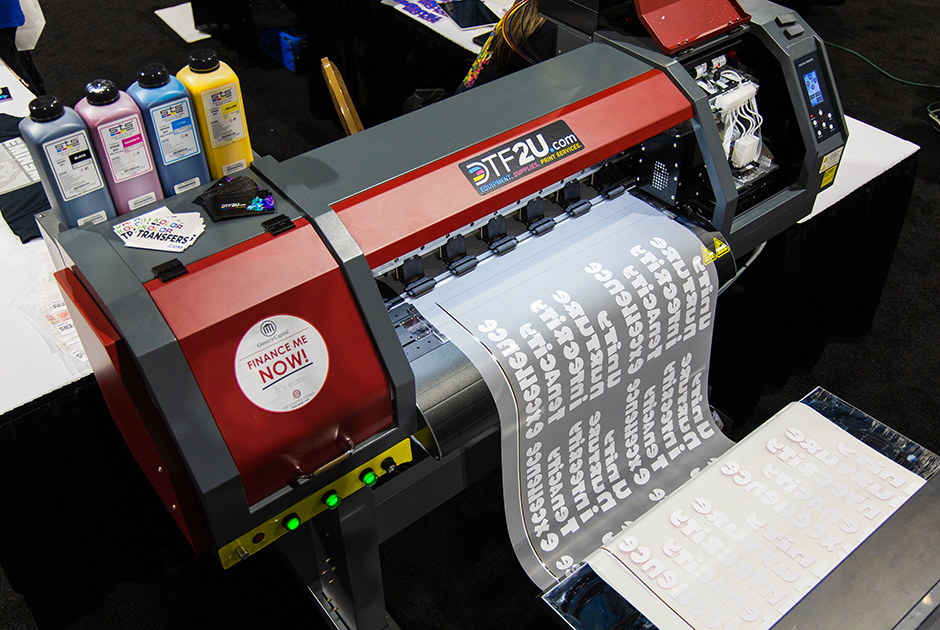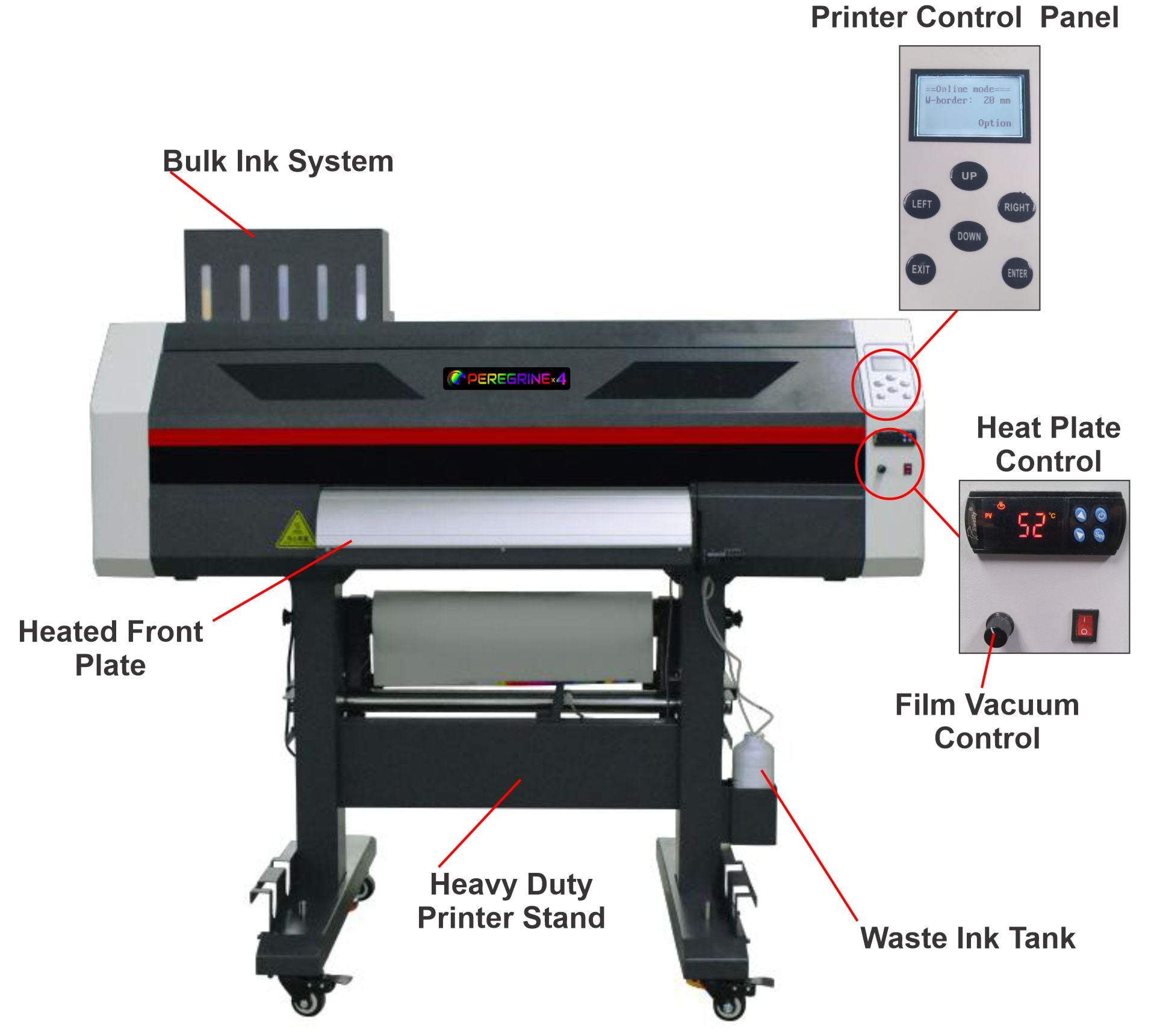Cutting-edge DTF Printing Solutions: Improve Your Apparel with Direct-to-Film Technology
Cutting-edge DTF Printing Solutions: Improve Your Apparel with Direct-to-Film Technology
Blog Article
Mastering DTF Printing: Idea for Getting Vibrant and Resilient Prints
In the world of textile printing, attaining lively and durable prints is a sought after ability that can raise the top quality of your output. Mastering DTF (Direct to Film) printing requires a blend of technological expertise, precision, and interest to detail. From picking the right materials to adjust print setups and improving post-printing finishing techniques, there are various elements that can influence the outcome of your prints. Understanding exactly how to browse these ins and outs can make all the distinction between a mediocre result and a truly exceptional one.

DTF Printing Essentials
For those brand-new to the globe of textile printing, recognizing the basics of DTF printing is necessary to grasping this ingenious method. Straight to Movie (DTF) printing is a modern method that includes moving designs from an unique movie onto various fabrics making use of a warmth press. Unlike conventional approaches like display printing, DTF uses benefits such as vivid shades, intricate detailing, and the ability to print on varied materials like cotton, polyester, and blends.
The process begins by publishing the design on an unique DTF movie utilizing a suitable printer with CMYK or CMYKW ink collections. Once the layout is published, it is then healed with a warmth press to create a resilient and long-lasting print. DTF printing is known for its capability to replicate complex layouts with high accuracy and shade accuracy, making it a popular option for organizations aiming to create personalized clothing, promotional items, and more.
Selecting the Right Materials

Similarly vital is the selection of the glue powder. The glue powder functions as a bonding agent between the published style and the material, so it must have solid adhesion properties to ensure a sturdy and long-lasting transfer. Different textiles may require various kinds of adhesive powders, so it is critical to match the powder to the textile kind for ideal results - DTF Printing. By thoroughly picking the right materials for DTF printing, printers can boost the high quality, vibrancy, and long life of their prints.
Enhancing Print Settings
When intending from this source to achieve the very best lead to DTF printing, precise attention to maximizing print settings is critical for making sure high-quality and accurate transfers onto fabrics. When maximizing print setups is the resolution, one essential facet to take into consideration. Higher resolutions generally result in sharper and a lot more thorough prints, improving the general top quality of the transfer. In addition, changing the ink density can aid attain lively colors and make certain that the design sticks out on the fabric.
Another crucial setup to maximize is the print rate. Discovering the right balance in between speed and quality is necessary. While raising the speed can enhance efficiency, it might endanger the last print's quality and shade saturation. Explore various speeds and observing the outcomes can aid determine the optimal setting for each and every print work - DTF Printing.
Moreover, adjust color profiles and making certain proper color monitoring are vital for accomplishing constant and precise colors throughout various prints. By calibrating color setups and profiles, printers can lessen color deviations and generate consistent outcomes, improving the general print quality and consumer contentment.
Preparing Art Work for DTF Printing
Transform the art work to CMYK shade mode to ensure that the colors equate properly from display to print. Keep in mind to mirror the last style prior to printing to make certain that it transfers correctly onto the garment. By complying with these actions and paying close focus to the details, you can prepare artwork that is maximized for vivid and long lasting DTF prints.
Post-Printing Finishing Techniques
Carrying out effective post-printing ending up methods is essential to improving the sturdiness and visual appeal of DTF prints on fabrics. When the printing procedure is total, using warm to the published design is important.
Once the film is eliminated, the print might call for added healing time to even more establish the ink into the fabric. This action aids enhance the washability and sturdiness of the print, ensuring it can stand up to multiple clean cycles without click to investigate fading or breaking.
Furthermore, cutting any excess movie around the layout can provide the final print a clean and expert look. discover this info here Putting in the time to properly complete DTF prints post-printing can dramatically impact the overall high quality and durability of the textile layout.

Final Thought
In conclusion, grasping DTF printing needs a comprehensive understanding of the basics, choosing proper products, enhancing print setups, preparing art work efficiently, and using post-printing finishing techniques. By following these methods and suggestions, one can achieve dynamic and long lasting prints that satisfy their desired high quality requirements. Consistent technique and focus to information are essential in attaining effective results in DTF printing.
From picking the ideal materials to adjust print settings and improving post-printing completing strategies, there are numerous factors that can affect the outcome of your prints. Unlike typical approaches like screen printing, DTF supplies advantages such as vibrant colors, detailed describing, and the capability to print on diverse materials like cotton, polyester, and blends.
Once the layout is published, it is after that cured with a warm press to create a durable and durable print.When intending to achieve the best outcomes in DTF printing, meticulous focus to maximizing print setups is critical for guaranteeing top notch and specific transfers onto textiles.In conclusion, mastering DTF printing calls for a comprehensive understanding of the basics, picking appropriate materials, enhancing print setups, preparing art work effectively, and utilizing post-printing finishing methods.
Report this page